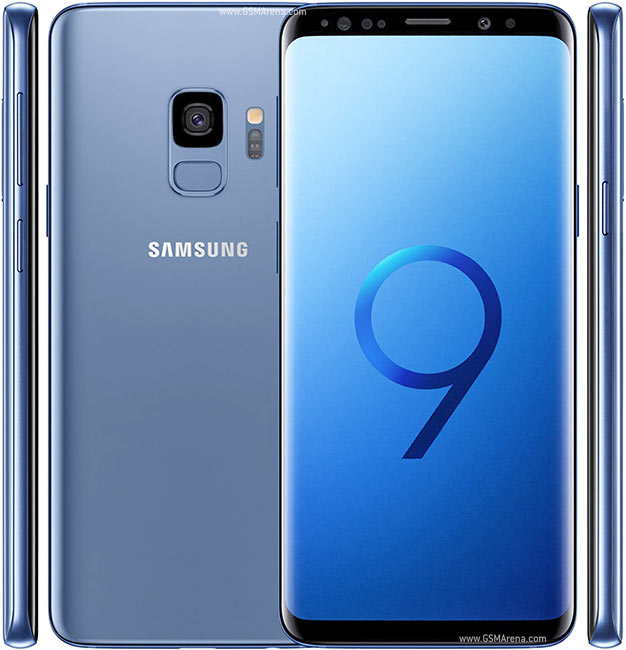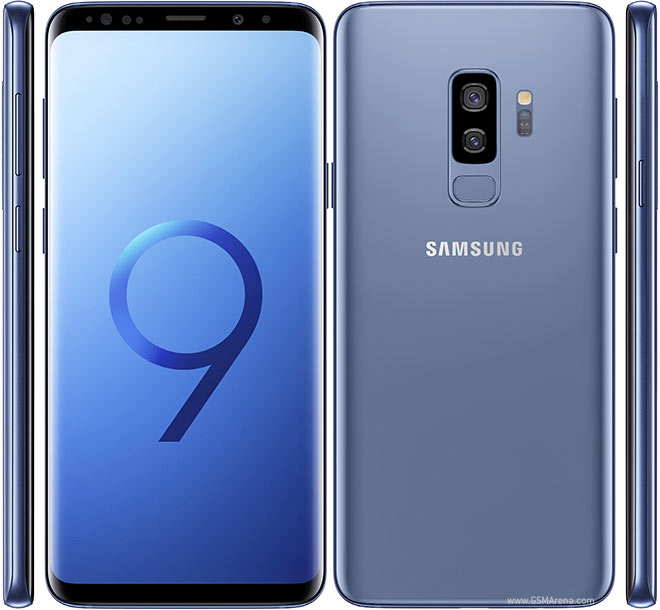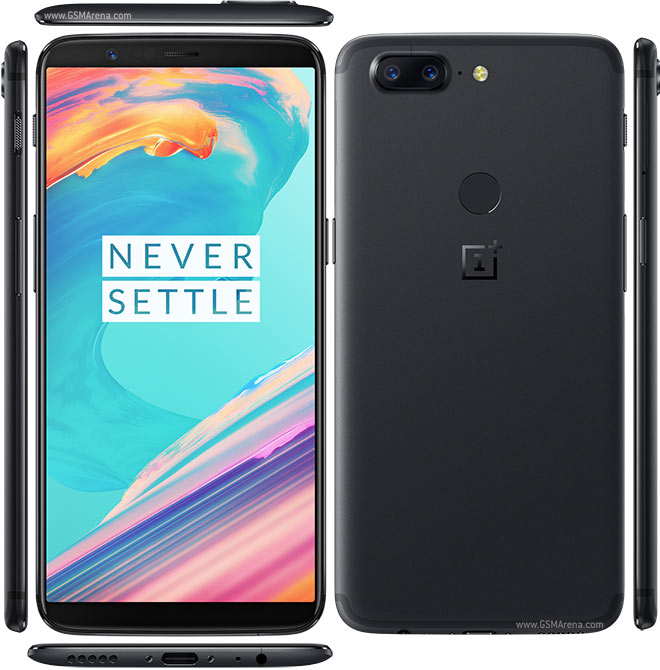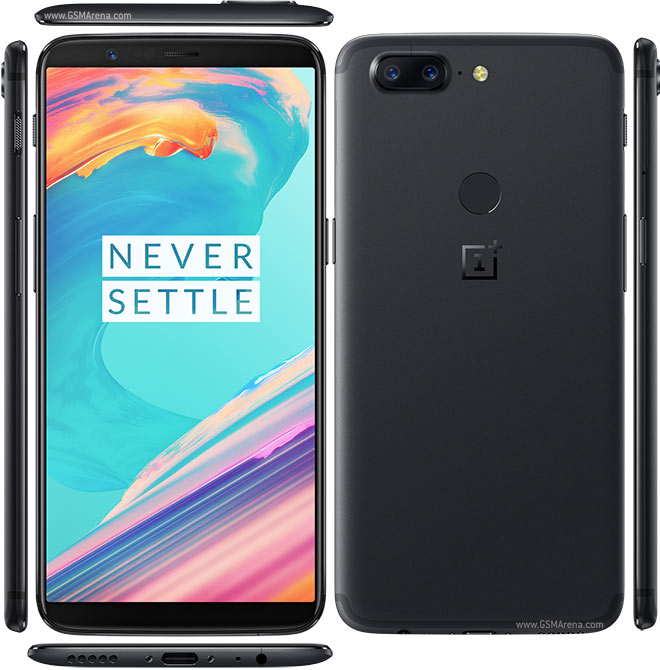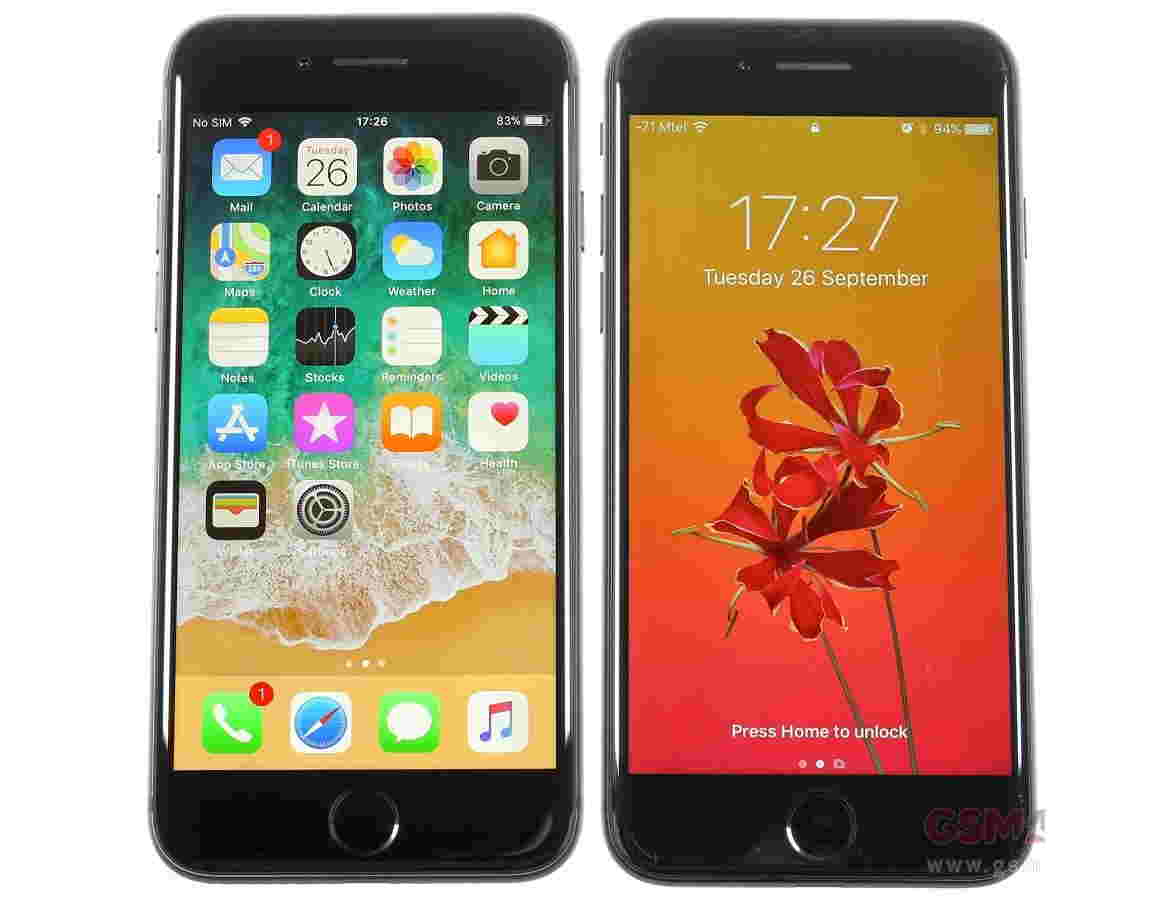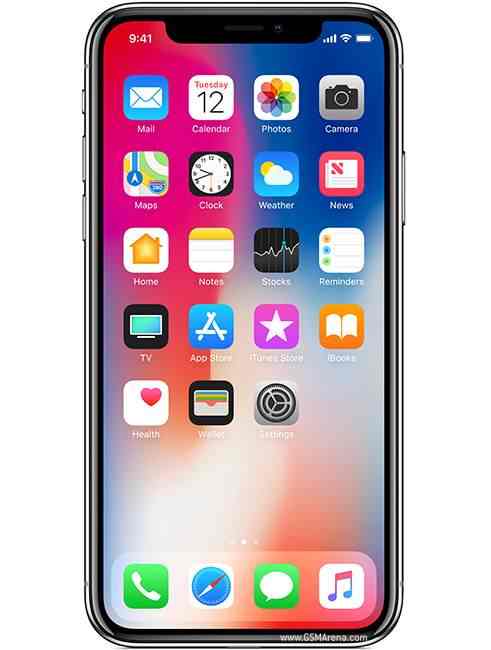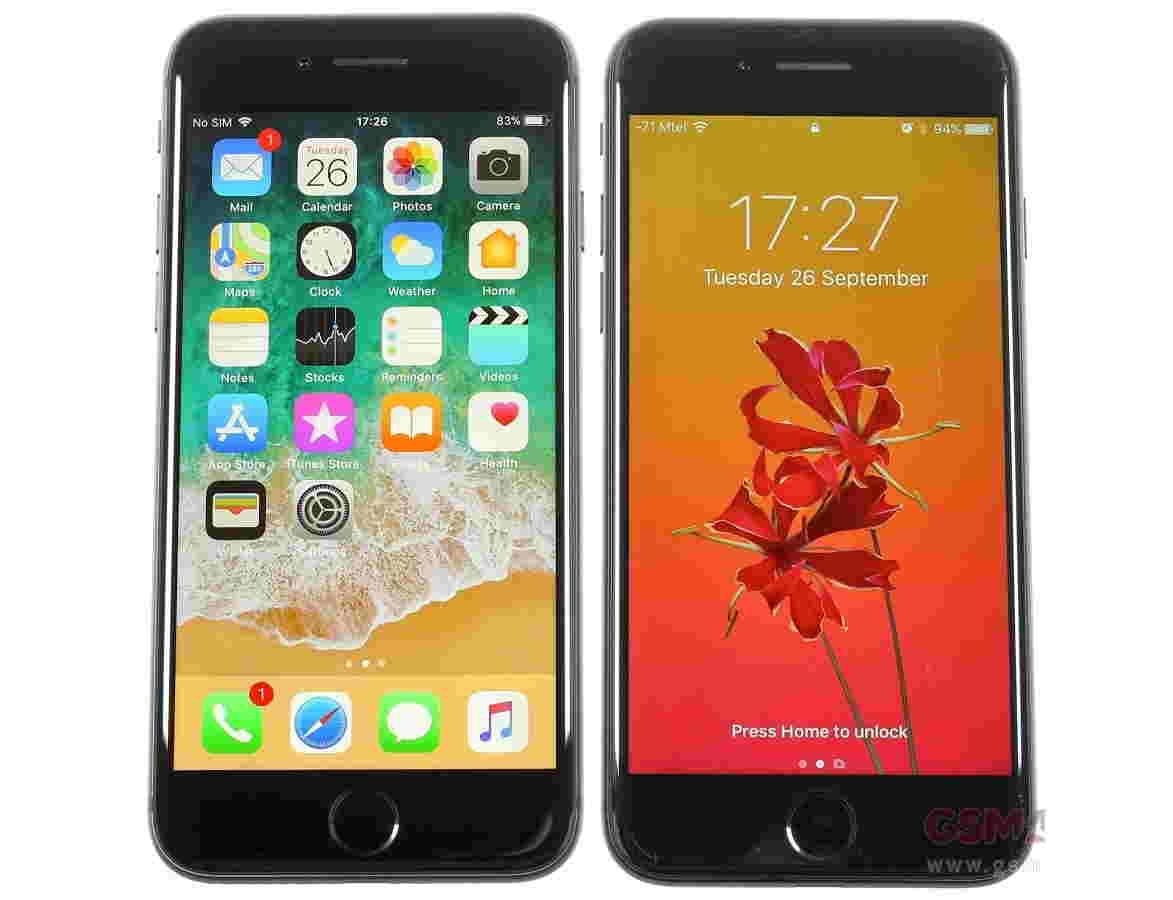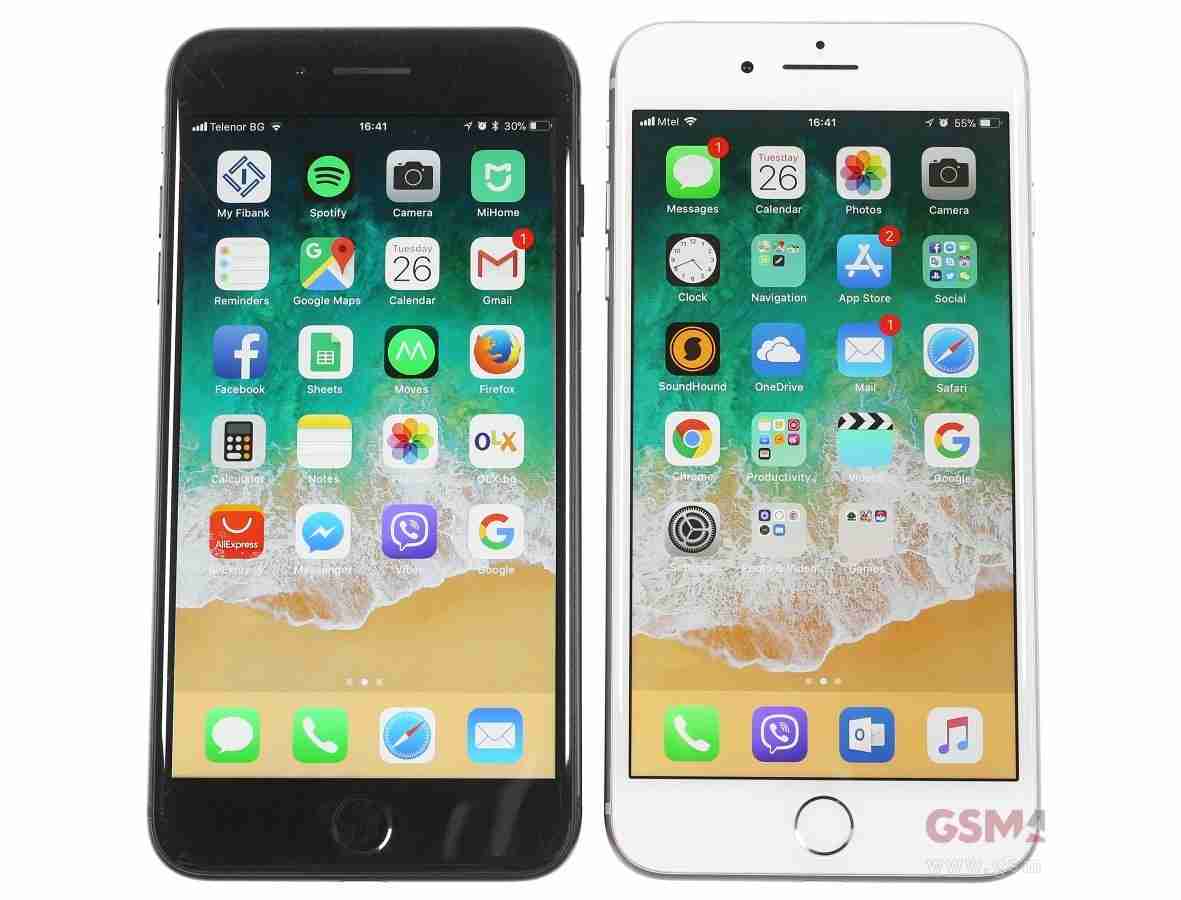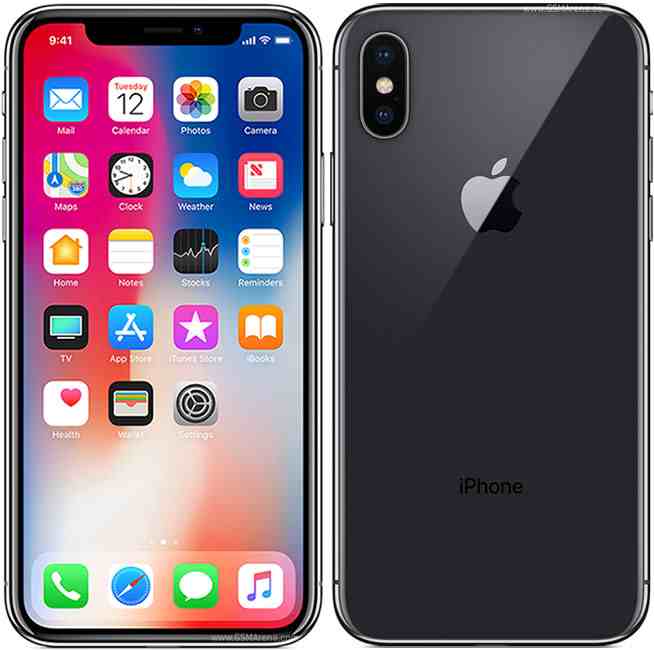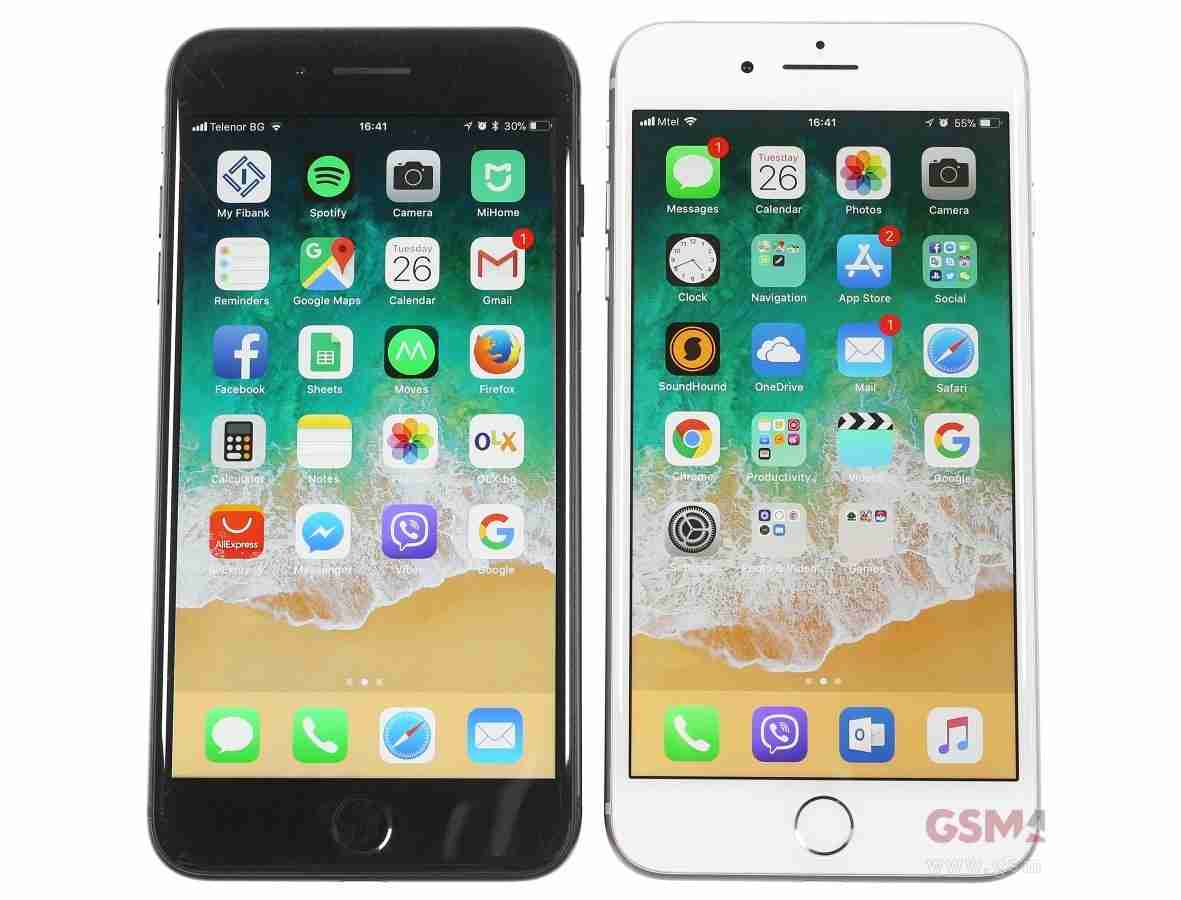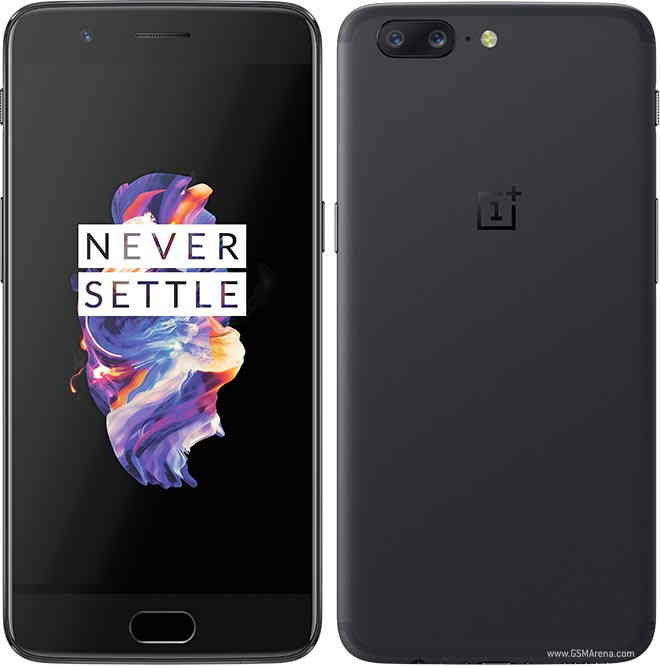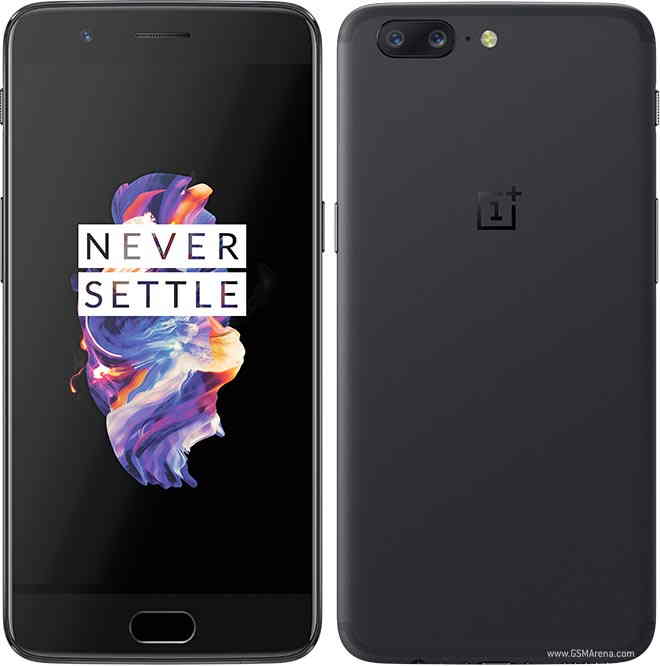
Introduction and how it works
For a long time, the human race has dreamt about virtual reality. When you picture a VR headset, you probably think of something really high-tech and far too expensive to be practical.
Apparently, the guys at Google thought the same thing. While Facebook has bought into virtual reality technology for a whopping $2 billion, Google has settled for something a little more simple. Who would have imagined that we could create a VR headset out of something we already had: a simple piece of cardboard? Google did, that's who.
Say hello to Google Cardboard. It may not sound like much - in fact, it may sound a lot like a joke - but this simple cardboard cutout can turn your Android phone into a neat virtual reality headset. Whether you're looking for a cheap way to enhance your tech experience or you just want to see what this product is capable of, it's worth checking out.
What is Google Cardboard?
Google Cardboard was part of a 20 percent project, a company policy that allows employees to work on side projects in addition to their everyday duties. This one just happened to be enough of a success that tons of companies are copying the design and creating these super cheap and simple VR headsets for compatibility with other smartphones.

Yeah, yeah. But what is Google Cardboard? It's simply a design - one you can either buy as a kit from a manufacturer or use to build your own - that utilizes cardboard and a pair of 40mm focal distance lenses to turn your phone into a virtual reality headset. It also uses magnets, velcro, and a rubber band to keep everything in place.
Once put together, users set their phone into it and look through the lenses. In combination with compatible apps, this simple setup can turn interacting with your handset's screen into a seemingly real-world experience.
How does it work?
Google Cardboard works by placing your phone at the optimal distance away from the lenses. Then, by using compatible apps, the lenses create a 3D effect when held up to your eyes. You can even move your head around, and the images will respond as if you're in the same place as what's displayed on your screen. For example, you can use the Street Vue demo and explore the streets of Paris while viewing your surroundings in a virtual reality that reacts to your actual position in space.
As an added bonus, it comes with an NFC chip that will automatically launch your official Cardboard app when you place your phone into the headset.
What's also somewhat amazing is the magnet on the side. If all you're doing is folding up a piece of cardboard and sticking your phone inside it, then what's the magnet for? Does it help hold the thing together? Not quite.
The little magnet on the side is actually a quite ingenious design aspect of Google Cardboard. It's a button! Since you can't touch your phone's screen while it's inside the Cardboard, Google has provided this magnet that, when moved, acts as if you've pressed your screen. It uses your phone's magnetometer, which is usually used for compass functions, to sense this and control it while it's in the cardboard.
Available content and how to get Cardboard
What can you do with it?
Google Cardboard works with numerous apps, including games, video apps, and more. Start by testing out what Google Cardboard is capable of with the Cardboard app. This app comes with demos like Google Earth, where you can fly wherever you'd like. Or try it with YouTube to view popular videos on a seemingly massive screen.

Games, like Lamper for Google Cardboard, are built to work in virtual reality and take you through fun obstacles and challenges to make you feel like you're right in the game. There's even an app called VR Cinema for Cardboard that converts MP4 files into a split screen to give you that 3D virtual reality feel with any movie.
You can also go behind the scenes of Elle photo shoots or enter the Shire for a VR experience.
Keep in mind that Google Cardboard won't turn any app into a 3D experience, since you need a split screen optimized for Google Cardboard to create the 3D effect. However, the good news is that Google has made it easy for developers to create apps compatible with Google Cardboard, so you can expect more options in the future.
What's also cool is that you can use it with apps developed for other VR smartphone-compatible headsets. It's just that Google Cardboard is going to cost you a lot less.
Where can you get it?
Google Cardboard is super easy to get. Just start here and choose a manufacturer. Buying a kit can cost you under $20, and all you have to do is follow the instructions and fold it up. There are also spin-off products available that use pretty much the same design.
Many manufacturers offer different sizes, so you'll want to make sure that your phone will work with the design first. This is important so that your phone lines up properly with the lenses; otherwise your VR experience could be compromised.
If you don't have the spare change, you can download the design for free at the same link mentioned above. Just keep in mind that you'll need all the pieces, including the 40-mm lenses, to make this work. However, you should be able to get all the supplies cheap at your local hardware store - or even hiding in your garage.
While companies will continue to work on high-tech virtual reality solutions, Google has proven that you don't need a whole lot of money or fancy hardware to enjoy the cool experience VR headsets have to offer. All you need is the smartphone you already have, some compatible apps, and a cheap build-it-yourself kit.
What do you think? Is Google Cardboard something you'd like to try out, or will you wait around for the high-tech versions to hit the mainstream market?




